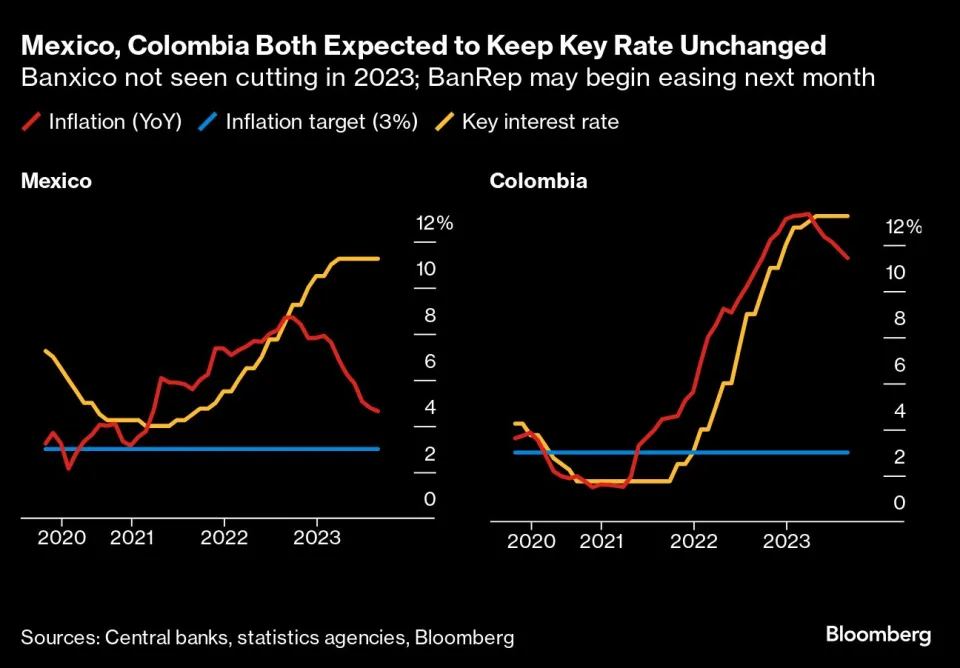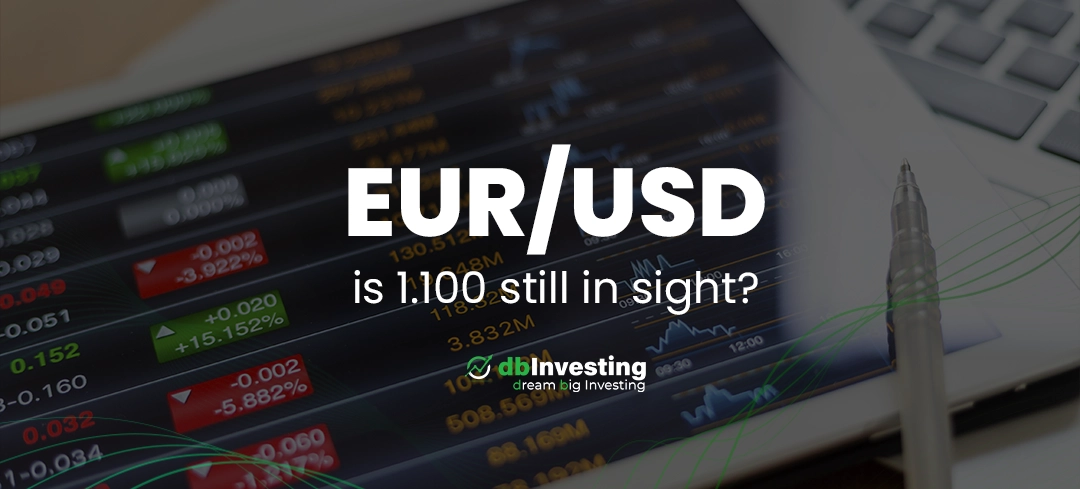Oil prices are on the rise, and as summer sales by retailers come to an end, economists anticipate a drop in inflation in the Eurozone to nearly a two-year low when official data is released this Friday.
According to a Reuters poll of economists, the harmonized index of consumer prices for the 20-country Eurozone bloc is expected to decrease from 5.2 percent in August to 4.6 percent in September, marking the slowest annual price growth in the region since October 2021.
If inflation indeed falls as projected or even more, it would reinforce investors’ optimism that the European Central Bank (ECB) has concluded its interest rate-raising cycle after raising borrowing costs for the 10th time this month.
This anticipated decline in inflation is largely attributed to an expected sharp slowdown in transport services inflation, primarily due to the exclusion of last year’s €9 monthly travel ticket from the annual comparison starting this month. Mark Cus Babic, an economist at Barclays, also anticipates “weaker year-over-year inflation in other categories, helped by base effects and soft momentum in food, alcohol, and tobacco.”
However, economists at Oxford Economics have cautioned that the 30 percent increase in oil prices in euro terms since July means that “the disinflationary impact from energy prices will be significantly smaller than previously expected.”

The ECB is particularly concerned with core inflation, which excludes energy and food prices, as it offers a more accurate assessment of underlying price pressures. Anna Titareva, an economist at UBS, predicts that this measure will drop from 5.3 percent to 4.6 percent, the lowest level in over a year.
On a different note, there are concerns about the continued rise in Treasury yields, which have reached their highest levels in 15 years, driven by robust data and a hawkish Federal Reserve stance. This development could have repercussions in other markets, particularly affecting riskier assets like stocks.
The 10-year Treasury yield, serving as the global benchmark for borrowing costs, briefly touched its highest level since 2007, while the two-year yield, closely linked to interest rate expectations, reached its highest point since 2006. These increases followed the Fed’s signal that its battle against inflation was far from over and were further bolstered by the lowest weekly jobless claims since January.
Economic data scheduled for release next week, including Case-Shiller house prices for July and personal consumption expenditure data, will be closely watched by investors for any signs that might support another Fed rate hike.
In the event of further weakness in Treasuries, it could drag down stock markets as higher borrowing costs negatively impact equity valuations. The S&P 500 recently hit its lowest level since June, and the Nasdaq Composite, dominated by tech stocks, fell to its lowest level since August.
Finally, Sterling has experienced a decline, hitting a six-month low against the US dollar as investors prepare for a potential halt to the Bank of England’s series of interest rate hikes. This drop followed the Bank’s surprise decision to hold rates at 5.25 percent, in contrast to expectations of a rate hike.
The pressure on Sterling has intensified as the US dollar has strengthened following a “hawkish pause” from the Federal Reserve and positive US employment data, showcasing the resilience of the US economy.
On Friday, the pound traded at $1.2244, reflecting a 6.7 percent drop from its peak in July. It had been the best-performing G10 currency leading into the summer but has only gained 1.2 percent against the dollar since the beginning of the year.
Investment banks HSBC and Nomura have both predicted that the pound could decline to $1.18 before the end of the year, highlighting the continued influence of incoming data on the sterling’s performance.
Salman Ahmed, Global Head of Macro and Strategic Asset Allocation at Fidelity International, emphasized that Sterling’s strength depends on the level of UK interest rates and its status as a “carry currency.”



